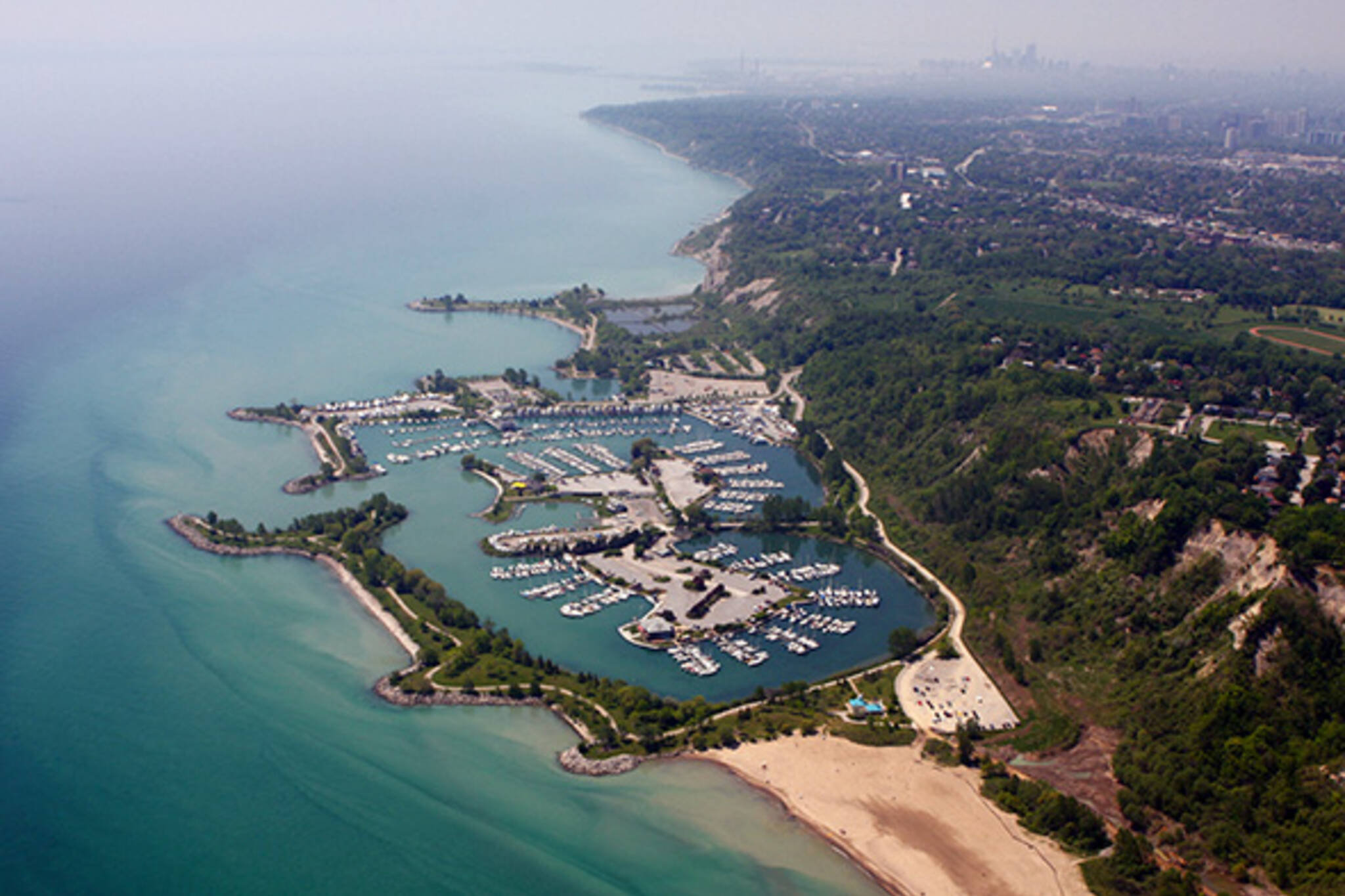
10 quirky things to know about Scarborough
Scarborough is an excellent shape shifter. Over the course of its 200-year history it has been a tiny rural village, a township, a borough, a city, and an amalgamated part of Toronto. From some angles it's familiar postwar, ranch-style suburbia with driveways, double garages, and strip malls, from others it's hardscrabble industrial; railway sidings, highways, and processing plants.
Scarborough is also one of the great immigrant areas of the city. There is Chinese, Filipino, Somali, Indian, and Caribbean culture in abundance here, just to name a few, and plenty of curiosities as well: parks containing pieces of lost downtown buildings, faded motels, hidden suspension bridges, and radioactive soil.
Here are 10 quirky things you might not know about Scarborough.
The city was named for the Bluffs' resemblance to English geography
Scarborough, Pickering, and Whitby are all towns in North Yorkshire that have given their names to communities on the north shore of Lake Ontario. Elizabeth Simcoe, the wife of York founder John Graves Simcoe, appears to have been the first to make the connection. In 1793, Simcoe took a canoe trip to what was then called the highlands of Toronto where she saw the Bluffs for the first time. The off-white rock reminded her of the cliffs near the English seaside town. "We talked of building a summer house there and calling it Scarborough," she wrote in her diary.

The Scarborough Bluffs created the Toronto Islands
Over millennia, the slow and persistent erosion of Scarborough's most famous geographical feature created a lengthy sandbar from roughly the foot of today's Woodbine Ave. to almost level with Bathurst St. In the 1790s, it was possible to walk from the mouth of the Don to the end of spit. First Nations people used the landform for hunting, fishing, and relaxation. The sandbar didn't become the Toronto Island until a storm cut off the connection to the mainland in 1854.
The Rouge River is home to the only suspension bridge in Toronto
The Sewells Road Suspension Bridge was designed and built in 1912, when Scarborough was still a rural township. The single lane, steel structure, located just north of the Toronto Zoo, was the work of civil engineer John Barber, who would later lend his expertise to the record-breaking construction of the Leaside Viaduct in 1927. The suspension bridge is close to another famous Toronto crossing, the Old Finch Avenue Bailey Bridge, which was built in three days following Hurricane Hazel.
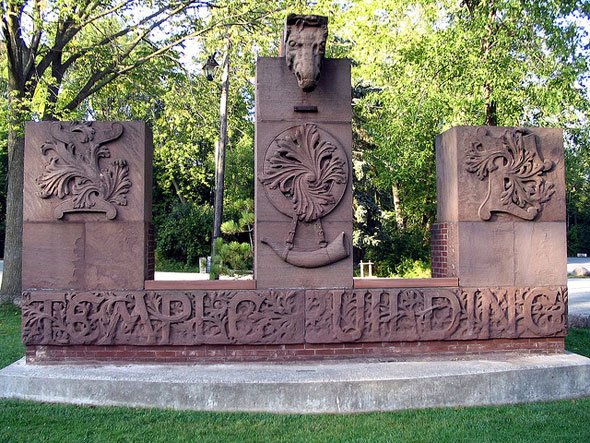
The Guild Park and Gardens is home to ruins of lost Toronto buildings
High atop the Scarborough Bluffs, the original Guild Inn was built for Colonel Harold Bickford, a high-ranking Boer and later first world war veteran, in 1914. Decades later, under owners Rosa and Spencer Clark, the site was turned into a residence for artists and craftspeople, at which time it also became a home for pieces of demolished Toronto buildings. Pieces of the old Globe and Mail and the Temple Building, and the former Bank of Toronto building at King and Bay are among the offerings.
Scarborough had the first Tim Hortons
Some caveats here. The first Tim Hortons as we know it opened in Hamilton, but before the former Toronto Maple Leaf hockey star put his name to today's successful coffee and donut chain, he made an unsuccessful attempt to found a similar empire out of a strip plaza on Lawrence Ave. "Tim Horton Do-Nut" was paired with a "Tim Horton Drive-In Restaurant" at Kingston and McCowan, and a "Tim Horton Chicken" location, but the company rapidly foundered in a competitive market in 1964.
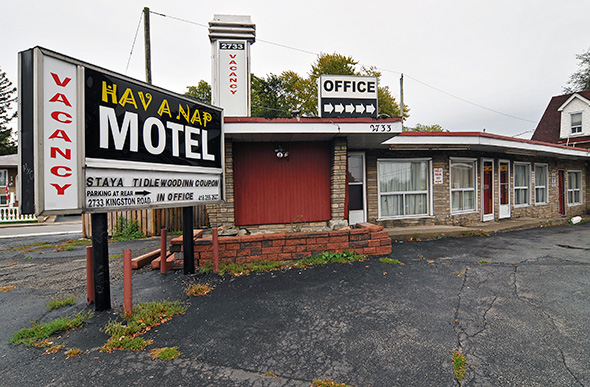
Kingston Road home to Toronto's last motel strip
Like Lake Shore Blvd. in the west end, Kingston Rd. is no longer an ideal spot to open a motel. It used to be different before the opening of the 401, when Highway 2 was the principal route between Toronto and Montreal. Hundreds of families in cars would have driven past the front doors of the uniquely styled Hav-A-Nap, Americana, Royal, and Manor motels at their peak. Those four and several more linger on today, a refuge for the precariously housed, as the once life-giving traffic thunders past a few kilometres to the north.
Radioactive soil was discovered in 1980
The residents of McClure Crescent, a street developed by the Ontario Housing Corp. near Sheppard and Neilson, got a nasty surprise in 1980 when an investigation triggered by two student journalists discovered potentially dangerous radioactive soil beneath their homes. It transpired that during the second world war an airplane parts manufacturer had burnt rags and other waste on the site in an attempt to reclaim extremely valuable radium. A lengthy legal battle resulted in 11,000 cubic metres of soil being removed from the site and buried at Chalk River, Ont.
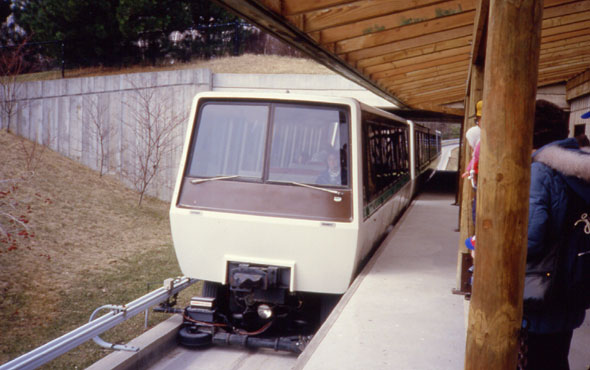
The Toronto Zoo used to have a monorail
OK, spoiler: the Toronto Zoo Domain Ride wasn't technically a monorail, but it certainly looked like one. At its peak, the ride, which opened in 1971, ran in a concrete guideway between five parts of the zoo, providing views of some of the animals in remote portions of the park. Two accidents, one in 1991 and another in 1994, both of which resulted in serious injuries, led to the ride's closure.
An expressway could have replaced Kingston Rd. in the 1970s
Back when Toronto was planning as many expressways as it was subways, one project could have seen the Gardiner extended east along Lake Shore Blvd., up Highway 2, to meet the 401 at the Rouge River. Thousands of homes would have had to be razed and streets reconfigured. Like the Spadina Expressway, the project became the target of significant public opposition and was eventually dropped in the 1990s. The elevated roadway east of the Don that would have fed the highway was demolished in 2001.
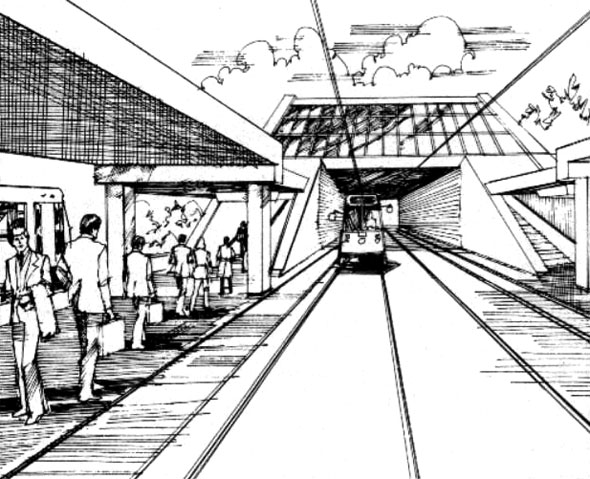
The Scarborough RT was supposed to run streetcars
Before the TTC was convinced to buy the flashy linear induction RT vehicles, plans for the line linking Kennedy and McCowan called for Toronto streetcars tethered in a train. The disused turning loop just outside Kennedy station is the most conspicuous relic of this time, though if you look carefully, the old streetcar level platform is still visible in places. The TTC never pursued linked streetcars outside of the Scarborough RT project, but when the vehicles first appeared on Toronto's roads each was fitted with a large coupling device (now hidden behind a little skirt under the cab.)
Chris Bateman is a staff writer at blogTO. Follow him on Twitter at @chrisbateman.
Images: Tom Podolec, Bill Deneau, Loozrboy/blogTO Flickr pool, Derek Flack, Robert Taylor/Creative Commons, City of Toronto Archives.
Latest Videos
Latest Videos
Join the conversation Load comments







